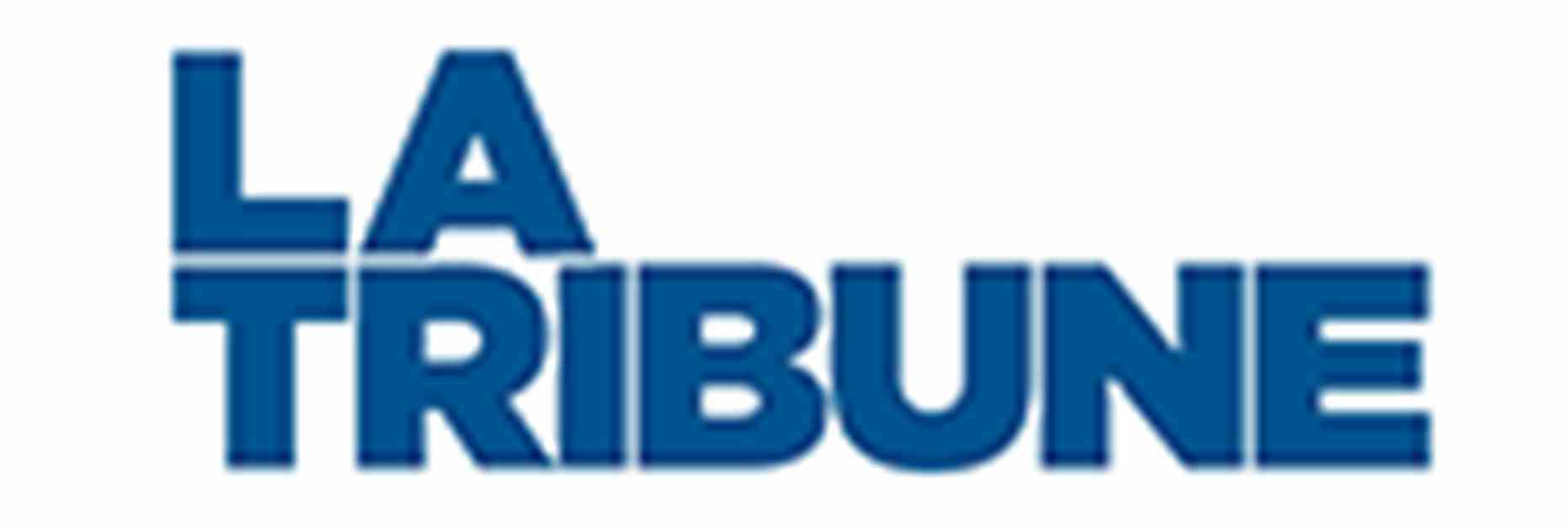Europe Reduces Dependency on Russian Gas Exports
The volumes of liquefied natural gas (LNG) sent from Russia to Europe decreased by 10% in 2023, representing 11.5% of European imports, according to a report from the International Group of Liquefied Natural Gas Importers (GIIGNL). Overall, the global market, dominated by U.S. exports, is slowing down after the energy crisis of 2022.
EU Decreases Russian LNG Imports
The European Union has managed to reduce its reliance on liquefied natural gas (LNG) from Russia in 2023. « Russian LNG volumes sent to Europe decreased by 1.6 million tons to reach 14.4 million tons in 2023, » a 10% decline, according to GIIGNL. This represents 11.5% of European LNG imports, down from 12.8% in 2022. The EU’s shift away from Russian LNG aims to cut the financial support Russia receives from energy exports. The EU is considering targeting Russian LNG in their sanctions, particularly focusing on banning ship-to-ship transfers of Russian gas on European coasts.
United States Tops LNG Exporters List
Despite Europe’s slight reduction in Russian LNG imports, the U.S. has become the world’s leading LNG supplier in 2023 for the first time. With 84.5 million tons of American LNG shipped globally, the U.S. saw an 11.8% increase in exports. The U.S. remains a key supplier to Europe, surpassing Russia and Algeria. The global LNG market saw modest growth in 2023, reaching 401 million tons, signaling a stabilization phase after previous years of rapid expansion.
Market Stability and Future Outlook
The global LNG market experienced a modest growth of 2.1% in 2023, mainly driven by Asian demand. While Asia represents 65% of the market share, Europe accounts for 30%. Industry leaders remain optimistic about the future demand for LNG, citing its role in the transition to renewable energy sources. Both TotalEnergies and QatarEnergy executives believe that LNG will continue to be a crucial energy source for the foreseeable future.

